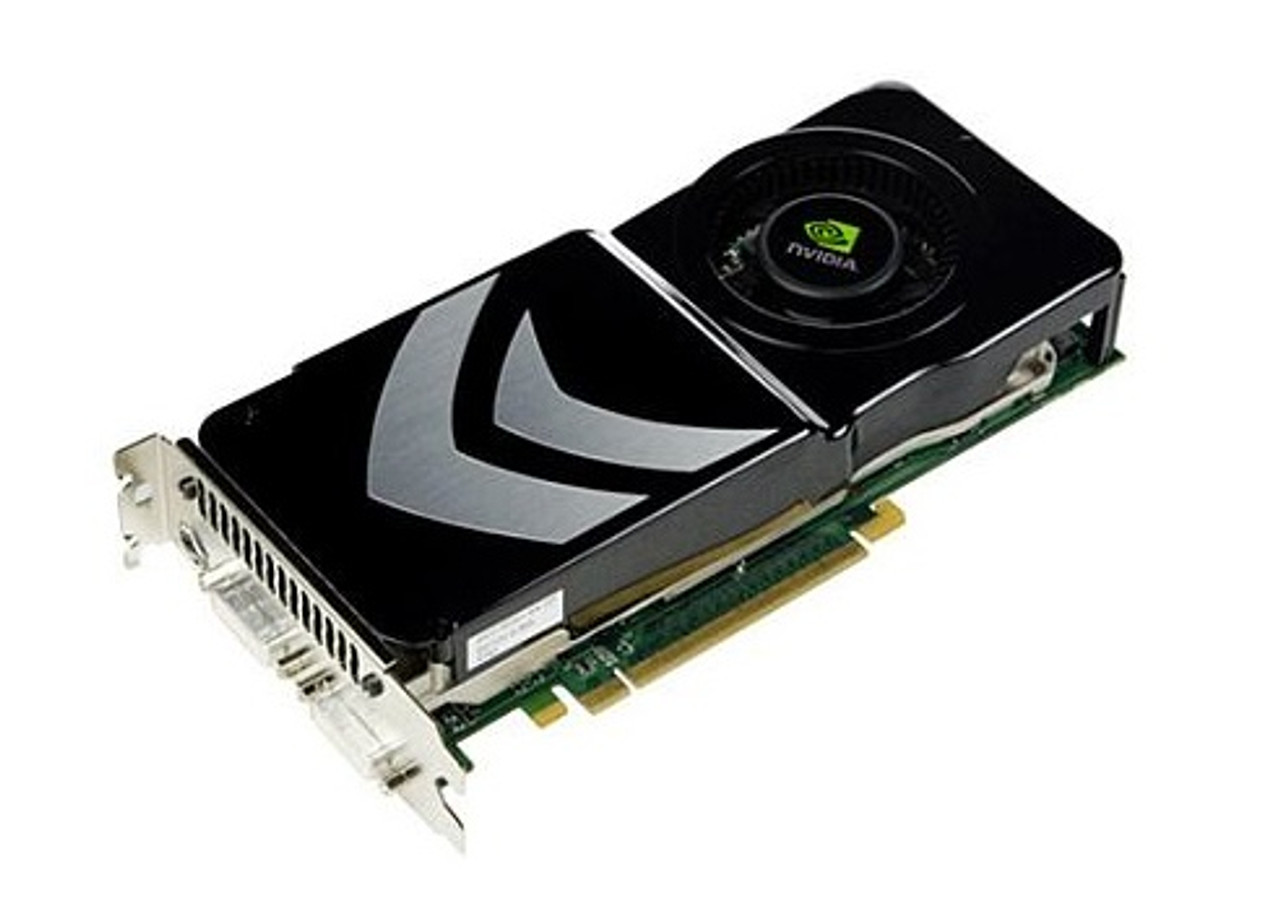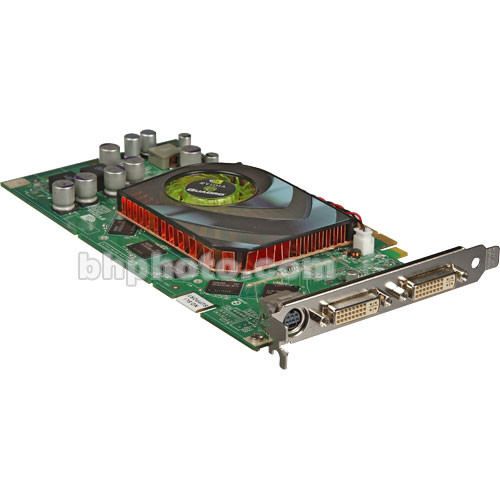
- NVIDIA QUADRO FX 1500 REVIEW PRO
- NVIDIA QUADRO FX 1500 REVIEW SOFTWARE
- NVIDIA QUADRO FX 1500 REVIEW TV
PNY Nvidia Quadro FX 1700 PCIe graphics card, 2x DVI S-Video 512MB, tested. Buy Quadro Fx 1500 and get the best deals at the lowest prices on eBay.

NVIDIA QUADRO FX 1500 REVIEW PRO
Pair that with big increases in raw fill and sampling rates and it's not hard to see why Quadro products powered by G80 understandably have the pro market excited. Buy Quadro Fx 1500 and get the best deals at the lowest prices on eBay Great Savings & Free Delivery / Collection on many items. With a unified shader architecture, raw vertex processing for G80 is potentially many times faster than G71, the chip that powered the outgoing high-end Quadro board.
NVIDIA QUADRO FX 1500 REVIEW SOFTWARE
It's not too much of a stretch to imagine how the architectural properties of NVIDIA's flagship processor would translate to excellent performance in the professional market, especially as certain parts of the content creation software world transition to real-time shader-driver previews and acceleration. They been dominant, too, with JPR's Workstation Report for Q4 last year showing a rough one third share of the market with Quadro, more than four times the share AMD have with FireGL. Until Tesla launched, NVIDIA graphics chip investment spanned GeForce and Quadro, with the latter product line the one aimed at professional DCC, CAD/CAM, motion video production and other non-gaming markets that require GPU acceleration. We'll take a closer look Armari's Magnetar QX2 tomorrow and the Quadro FX 5600 is shipping from those guys and a bunch of other workstation vendors in the UK and worldwide at the time of writing.Back at the launch of NVIDIA's G80 graphics processor, and more recently with our coverage of the company's Tesla product line, we've made mention that a big part of product strategy at the Santa Claran IHV centers around maximising investment in technology primarily designed for the consumer. If your business lies in manipulation of large datasets using the GPU, get your manager to sign that purchase order. In short, while we only scratch the surface, we'll scratch much deeper in the future as we invest in our tests, and it's not too hard to see why NVIDIA G80 + 1.5GiB of VRAM + reasonable form factor + physical properties makes for an enticing professional-level purchase in Quadro FX 5600 form.
NVIDIA QUADRO FX 1500 REVIEW TV
An SDI version of the FX 5600 is likely to make big waves in the TV and film business because of it's performance dealing with large composited surfaces in VRAM (which we crudely highlight in our texture test), and there's always CUDA to consider when it comes to deployed applications in industries like computational finance and oil and gas, although NVIDIA Tesla steps there too. Unified hardware shading architectures have the potential to offer a sea change in price/performance for VS-limited applications compared to products that have come before, when pitched that way in price, although the market's yet to make that overall transition. The FireGL V7350 represents the next rung down in the memory-per-GPU ladder, which is what will make the Quadro FX 5600 so attractive versus something like the V7350 or a Quadro FX 4600 (~£1600) or 4500 X2 (~£1900). However consider it solely using UK pricing for the FireGL V7350 (~£900) and it's clear that if you'll make use of the GPU's inherent performance traits and the large framebuffer, you'll get price/performance that makes some good sense.

However, put it in to context again the backdrop of high-end boards in the same space that have come before it, while considering the base architecture and the specific traits of the model, and you can build up a decent conclusion.Īt a healthy £2100 here at the time of writing (with the G-Sync option board another £600), the Quadro FX 5600 doesn't represent great value for money when considered against US dollar pricing for the thing (~$2700) at the current exchange rate.

We miss out looks at visualisation apps for oil and gas, things like Pro/Engineer, CATIA and similar applications, all levelled at the workstation user with a board like the Quadro FX 5600 in situ. Using a handful of professional DCC applications barely scratches the surface of what the hardware's capable of in this case, and who it's aimed at. The SPEC tests for OpenGL performance in SPECviewperf are mostly CPU limited in our experience (as are dozens of other pro-level apps in the 3D space), the recent SPECapc release for 3ds Max 9 has no published results to check against to make sure performance is being respresented properly, and good performance tests for other pro-level apps is largely hit-and-miss (or hidden behind professional subscriptions or tools pricing out of our reach, sadly).

Working to generate the performance data for this article showed what a poor state professional-level graphics product analysis is in, mostly because of the tools available to test it properly.


 0 kommentar(er)
0 kommentar(er)
